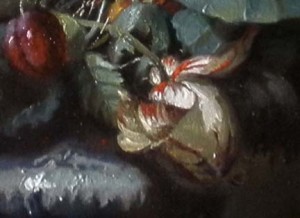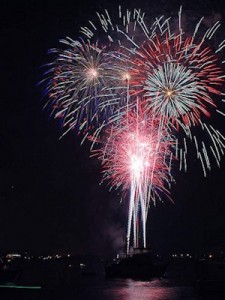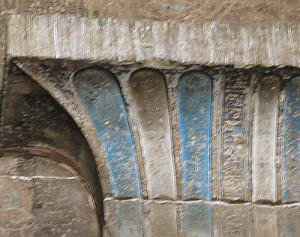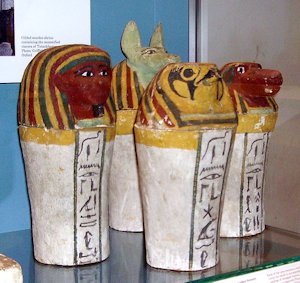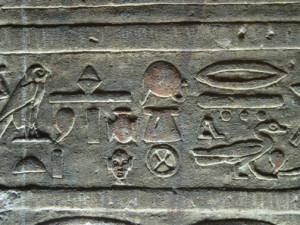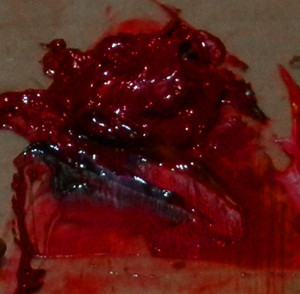Detail of the largest painting in the series: Lessons from the Pharaoh's Tomb, coming September 1, Lawrence Gallery, Portland, Oregon. About 10 of the 12 paintings are coming to fruition at this point. As mentioned before this pigment project has been a challenge because of the enormity of the historical period and the scarcity of information … [Read more...] about Malachite
Pigments: Historical and Modern
There is a distinct difference between modern day pigments and the natural pigments used prior to the middle of the 1700s. In the past, artists had apprentices who ground the colors for them throughout the oil painting sessions. Because they were made by hand, the pigments retained a natural grittiness and consistency with larger particle size. Today's oil paint manufacturers make synthetic colors in huge vats where the end result is exceptional smoothness. Prior to the middle of the 1700, natural pigments came from dirt, minerals, and even plants.
Things That Go Boom!
Now, ancient Egyptians did not have or use fireworks, but it is quite interesting that some of the minerals used in pigments since antiquity are what makes the beautiful colors in fireworks displays. The Chinese first invented gun powder and fireworks circa 900 AD, and their culture retains a legendary fascination with things that go … [Read more...] about Things That Go Boom!
Sneak Peeks from the Pharaohs
Well, it's time for the big reveal of a few of the initial works completed in the last weeks using colors from the pharaoh's tombs. As mentioned before this pigment project has been more of a challenge than the Dutch themed one. The most important issue is there are fewer colors and even fewer vibrant ones. This detail below is from … [Read more...] about Sneak Peeks from the Pharaohs
Ready for the Afterlife
Linen played an important role in mummification and the process was diverse, changing throughout the centuries. After the body and its important parts were prepared, it was wrapped with many layers of linen in varying ways. In the early period each limb, finger, and toe was wrapped individually, coated in resin, and moulded in plaster. During the … [Read more...] about Ready for the Afterlife
Animal, Vegetable, or Mineral?
I read an interesting tidbit in the Parade Magazine, Sunday Oregonian, April 19, 2009 in the Ask Marilyn column. A reader asked about carbon dating cave paintings made with paint composed of minerals. Marilyn replied that carbon dating can determine the age of artifacts made of organic matter such as cloth, bone, and wood. If painting was done in … [Read more...] about Animal, Vegetable, or Mineral?
Red Iron Oxide
Red iron oxide pigment mixed with linseed oil. A detail of my most recent project painting using red iron oxide. Temple wall at Edfu showing traces of probable red iron oxide. I will be using and researching this pigment in the coming days. … [Read more...] about Red Iron Oxide

